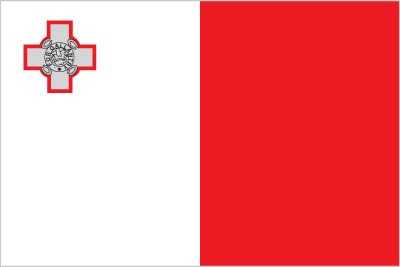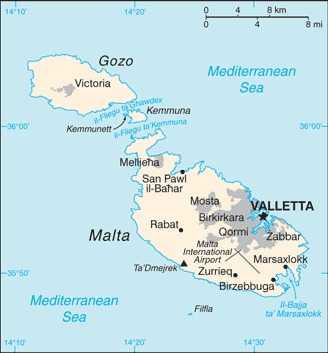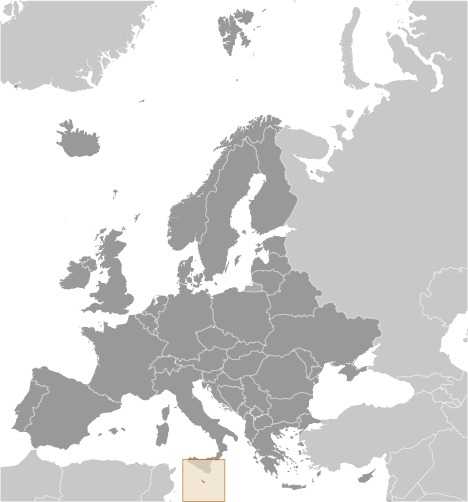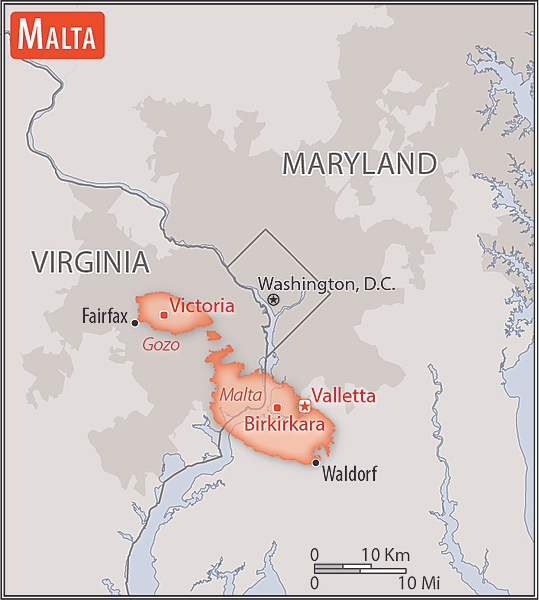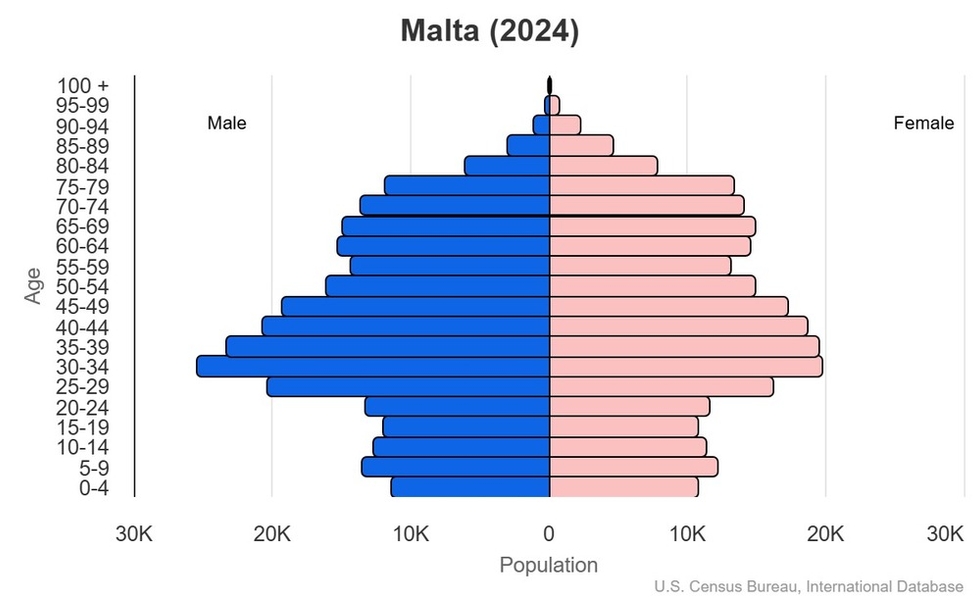Introduction
Visit the Definitions and Notes page to view a description of each topic.
Geography
People and Society
Population
comparison rankings: total 174; male 174; female 174
Median age
comparison ranking: total 35
Population growth rate
comparison ranking: 150
Birth rate
comparison ranking: 193
Death rate
comparison ranking: 67
Net migration rate
comparison ranking: 21
Maternal mortality ratio
comparison ranking: 157
Infant mortality rate
comparison ranking: total 182
Life expectancy at birth
comparison ranking: total population 12
Total fertility rate
comparison ranking: 201
Obesity - adult prevalence rate
comparison ranking: 29
Alcohol consumption per capita
comparison ranking: total 43
Tobacco use
comparison ranking: total 51
Children under the age of 5 years underweight
comparison ranking: 120
Education expenditure
comparison ranking: Education expenditure (% GDP) 74
Environment
Carbon dioxide emissions
comparison ranking: total emissions 111
Government
Economy
Real GDP (purchasing power parity)
comparison ranking: 142
Real GDP growth rate
comparison ranking: 22
Real GDP per capita
comparison ranking: 30
Inflation rate (consumer prices)
comparison ranking: 40
GDP - composition, by sector of origin
comparison rankings: agriculture 198; industry 178; services 11
Industrial production growth rate
comparison ranking: 38
Labor force
comparison ranking: 166
Unemployment rate
comparison ranking: 30
Youth unemployment rate (ages 15-24)
comparison ranking: total 140
Gini Index coefficient - distribution of family income
comparison ranking: 79
Public debt
comparison ranking: 99
Taxes and other revenues
comparison ranking: 36
Current account balance
comparison ranking: 55
Reserves of foreign exchange and gold
comparison ranking: 137
Energy
Electricity
comparison rankings: installed generating capacity 138; consumption 145; exports 96; imports 88; transmission/distribution losses 65
Energy consumption per capita
comparison ranking: 12
Communications
Telephones - fixed lines
comparison ranking: total subscriptions 112
Telephones - mobile cellular
comparison ranking: total subscriptions 170
Broadband - fixed subscriptions
comparison ranking: total 119
Transportation
Merchant marine
comparison ranking: total 14

